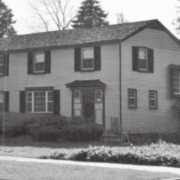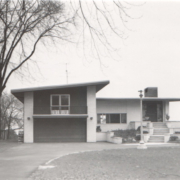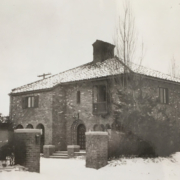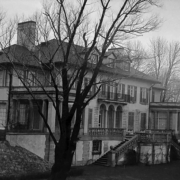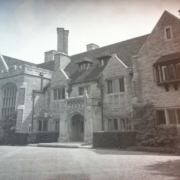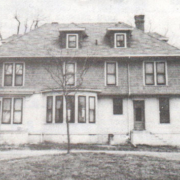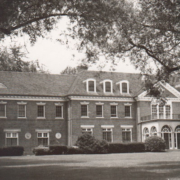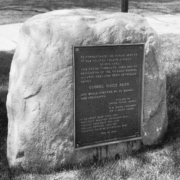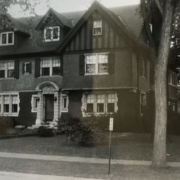Historical Architecture of Grosse Pointe – Pre 1911 Homes on Lake Shore, Grosse Pointe Shores.
Last week we visited the Grosse Pointe Shores municipal park, located at 800 Lake Shore Rd. The 8.3-acre park was named after George Osius in recognition of his contributions to The Village of Grosse Pointe Shores. This week we stay in Grosse Pointe Shores to look at some of the homes that were built before 1911. 1911 was a significant year in the community – The Village of Grosse Pointe Shores (GPS) was incorporated on April 3; President George Osius hosted the first Village Council meeting at his home on Tuesday April 11.
The early residents of Grosse Pointe Shores played a significant role in the development and success of the community. Many lived in homes constructed before 1911, of which there were more than a dozen properties. It was a vastly different community to what we know today. Lake Shore Road was unpaved, and the only way to reach downtown Detroit was by horse and buggy, by boat, on the interurban railway (the Detroit, Lake Shore, and Mount Clemens Railway), or by motorcar. Summer cottages were commonplace, while year-round homes were few and far between. Much of the community consisted of rural ribbon farms stretching from Lake Shore to Mack (and beyond). Source: The Village of Grosse Pointe Shores by Arthur M. Woodford. Image courtesy of: Library of Congress.
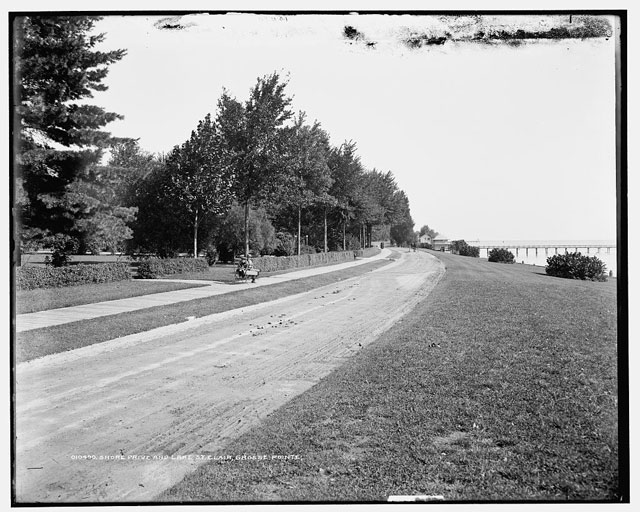
It was around 1911 the Village of Grosse Pointe Shores began to change and expand. The once rural farming community had started to become a haven for wealthy families who were beginning to build expansive homes on the shores of Lake St. Clair. A significant number of the homes, built around this period still exist today, however over the years, several of the properties have undergone major alterations, and so it is extremely difficult to find original photos. Nonetheless these homes are prized finds and play a huge part in the history of Grosse Pointe Shores.
The oldest home in the community is possibly 980 Lake Shore. Part of the home dates to 1849, which could make it one the oldest clapboard house in Grosse Pointe to be still on its original foundation.
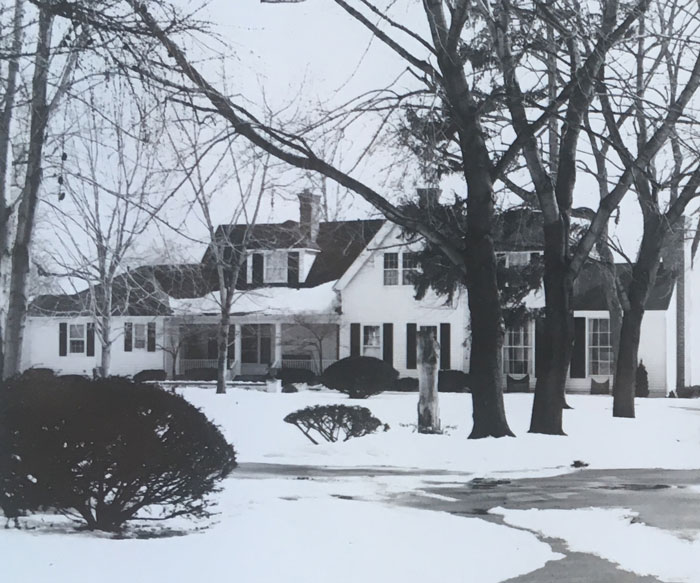
971 Lake Shore: – completed in 1890
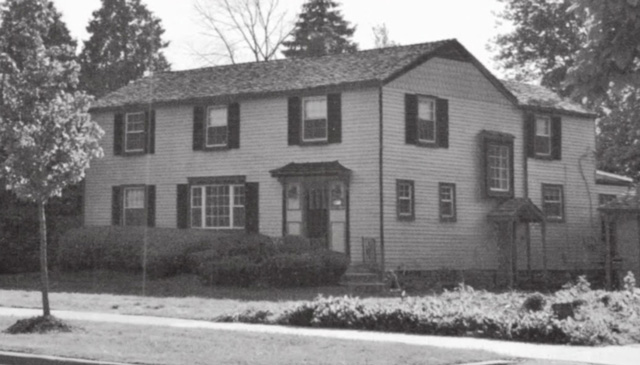
860 Lake Shore:
The original Victorian style home was completed in 1898, for Ward H. Peck (the photo below is from 1972). The architectural style of the property was like the many wonderful Victorian style homes found on St. Clair Avenue – it was a popular approach during this era. We believe it was razed around 1990, and a new home built on the lot.
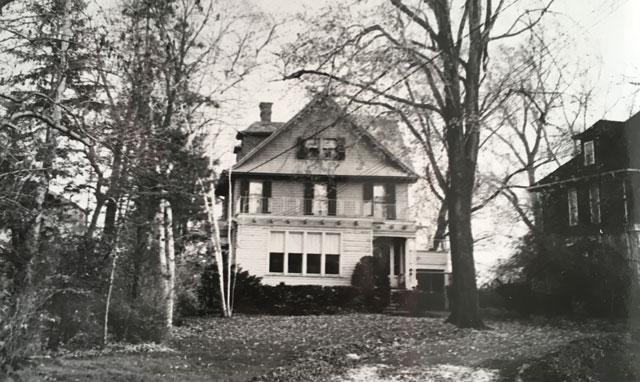
858 Lake Shore: – completed in 1900 for Casper J. Lingeman.
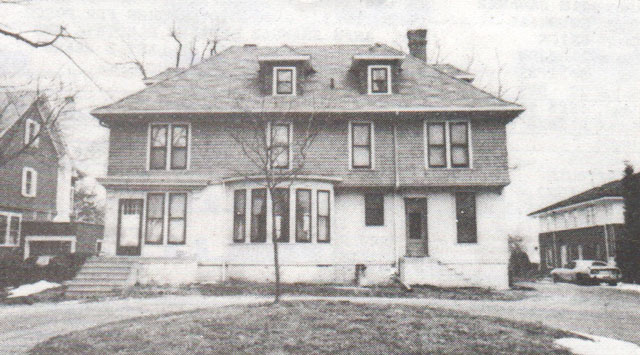
888 Lake Shore: – completed in 1904 for Dr. C. B. Loranger.
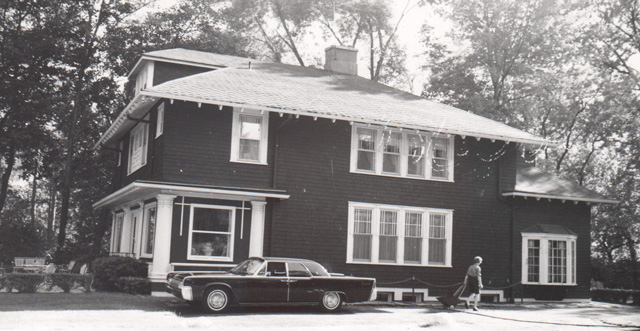
830 Lake Shore: – completed in 1908
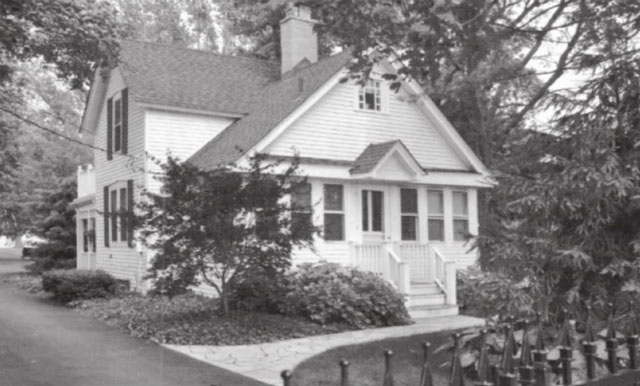
920 Lake Shore: – completed in 1904 (rebuilt in 1960) for Albert A. Albrecht.

850 Lake Shore: – completed in 1909 (It has since been extensively remodeled)
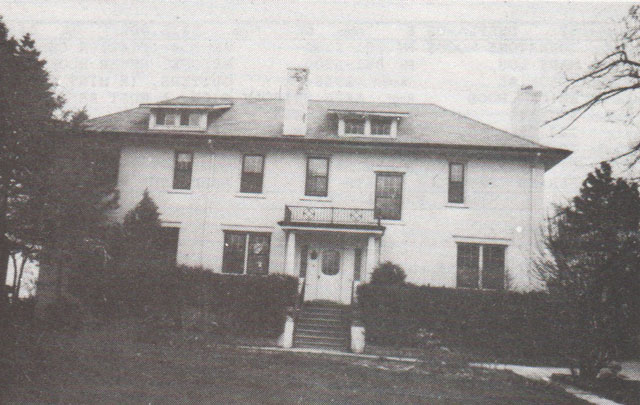
844 Lake Shore
Designed by John C. Stahl, in 1909, for Julius Hager. This is one of only a few residences in Grosse Pointe designed by Stahl, a German American (born in Detroit, 1874). After graduating from Central High School (Wayne State University) in 1903, Stahl worked in architectural offices during the day and studied building and design at night school. Stahl had a very successful career, he established the firm of Stahl and Kinsey, and designed numerous churches in Detroit – during his career he was acknowledged as one of the most skilled church and school architects in the state. He was also known to be an admirer of fine woods and incorporated exquisite detailing into many of his homes, including several he created in the Indian Village between 1912 and 1916.
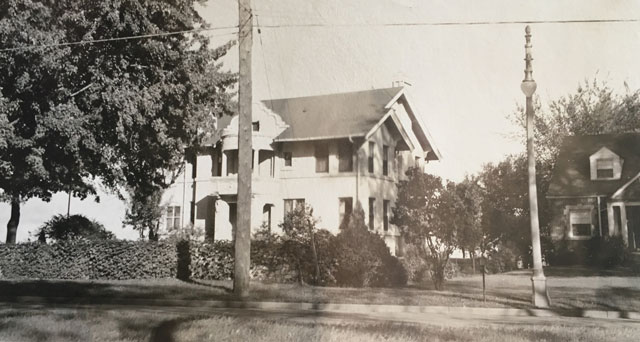
633 Lake Shore
Albert Kahn, in conjunction with associate Ernest Wilby, completed 633 Lake Shore (in 1910) for Howard E. Coffin, an automobile engineer and industrialist. Along with Roy Chapin, Mr. Coffin was one of the founders of the Hudson Car Company and designed many of the company’s early models. He was also known, in automotive circles, as the ‘Father of Standardization’, a result of his initiative to standardize material and design specifications, and for organizing automobile manufacturers to share their patents. It is reported Coffin was a millionaire by the age of 30. Source Wikipedia. The house he commissioned Kahn to design for him on Lake Shore was incredibly beautiful and was one of Kahn’s more traditional residential projects in the community. It was razed in 1931. Image courtesy of The Village of Grosse Pointe Shores by Arthur M. Woodford (via Albert Kahn and Associates)
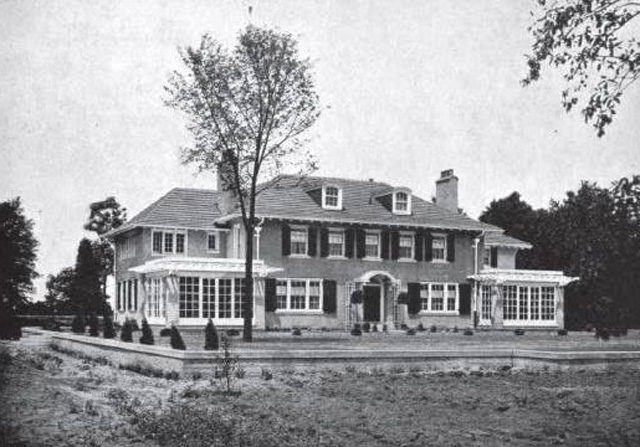
Post 1911, the Village of Grosse Pointe Shores saw luxurious properties (designed by nationally renowned architects) replace most of the original ribbon farms of the early French Habitants who had resided in the area before 1911. Thankfully some of the original historic homes can still be seen today as a reminder of those early days in the Village of Grosse Pointe Shores.
*Photos courtesy of the Higbie Maxon Agney archives unless stated.
** Research, information, and data sources are deemed reliable, but accuracy cannot be fully guaranteed.
Written by Katie Doelle
Copyright © 2024 Katie Doelle

